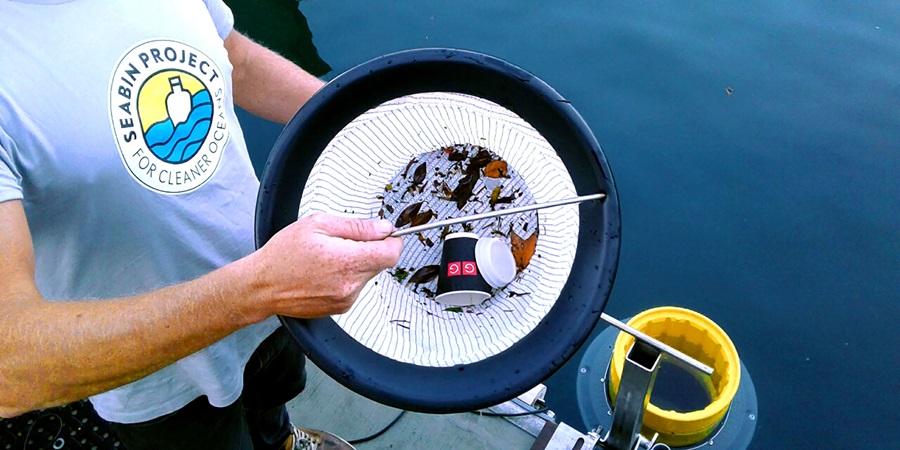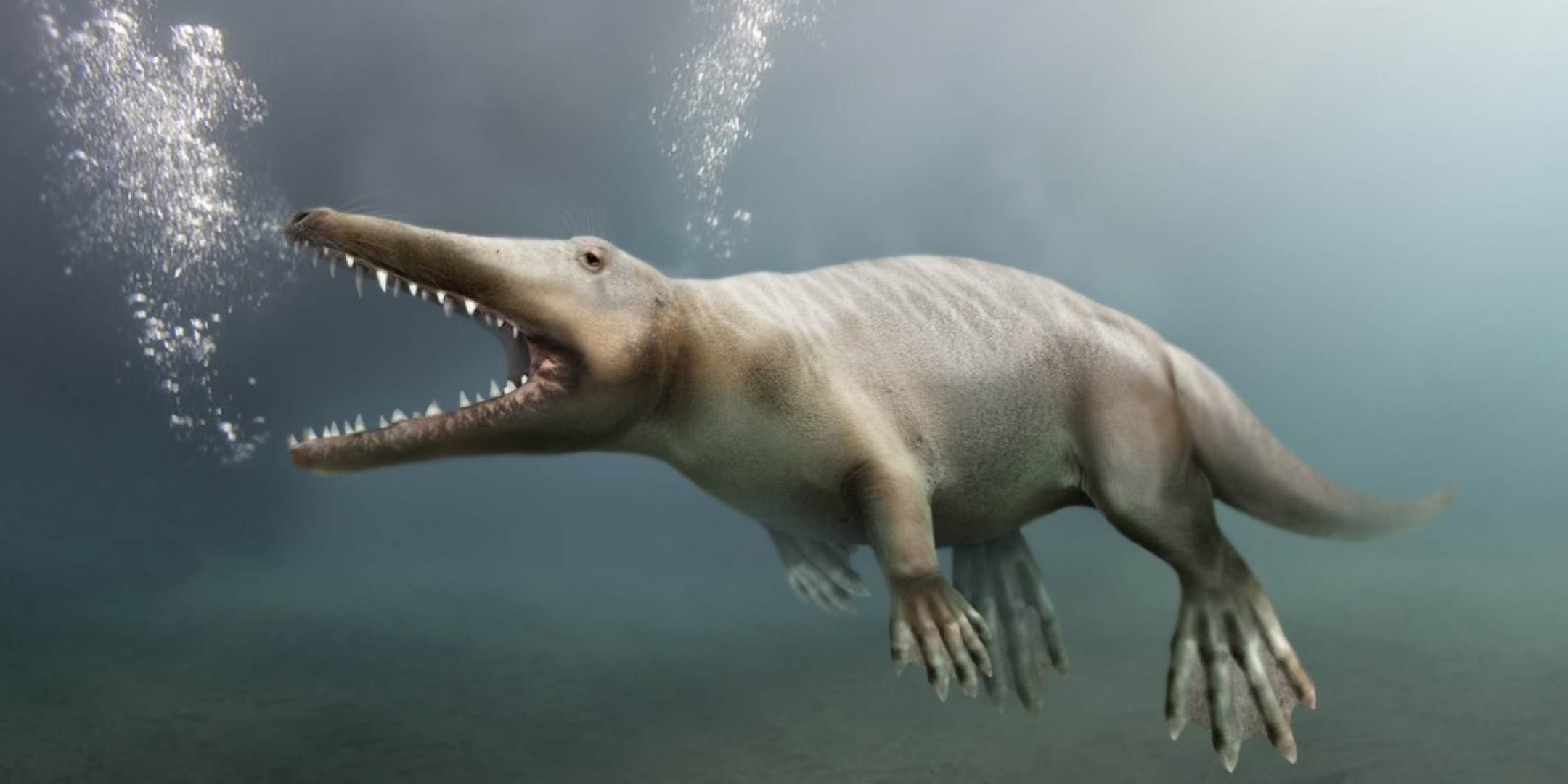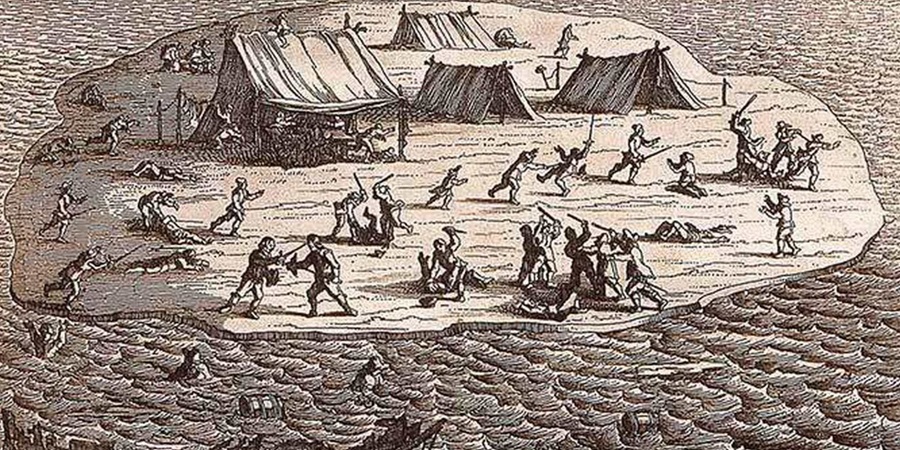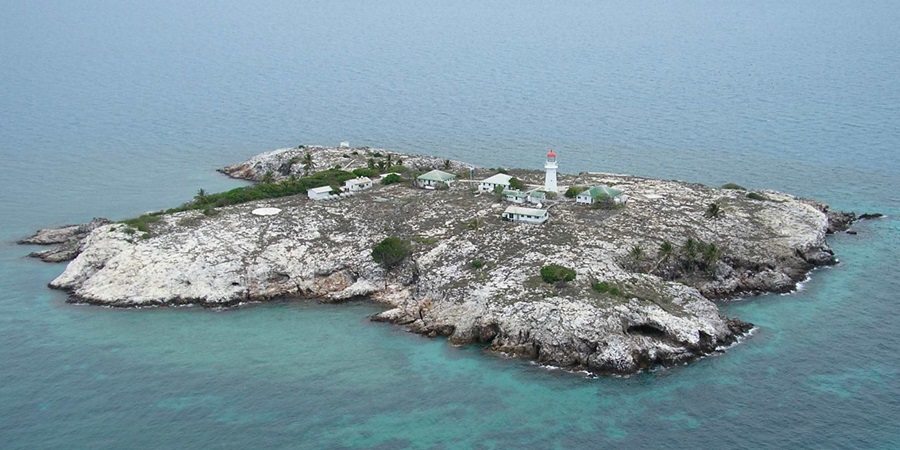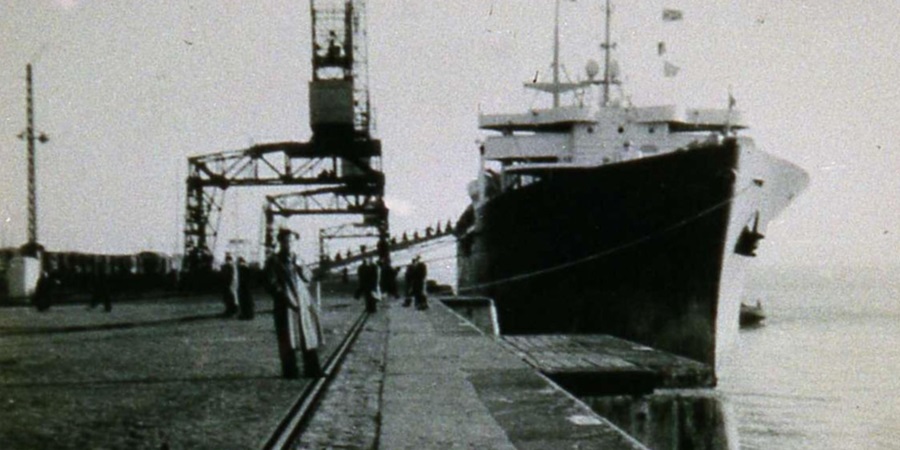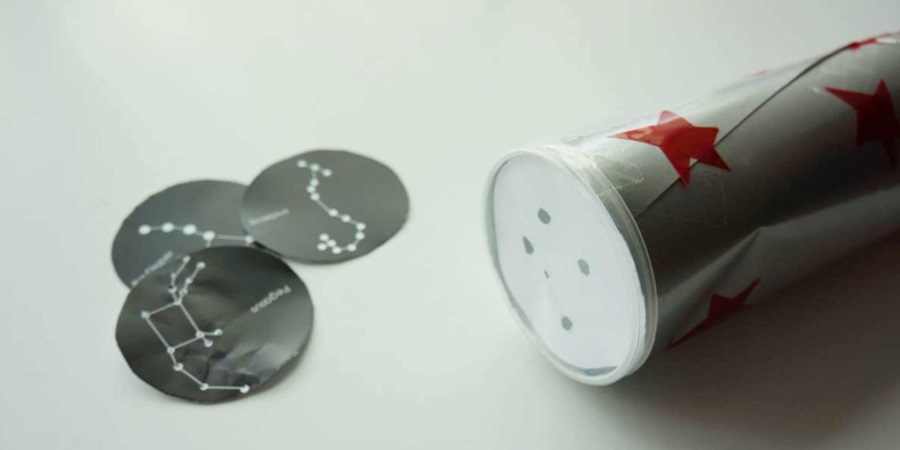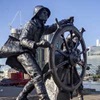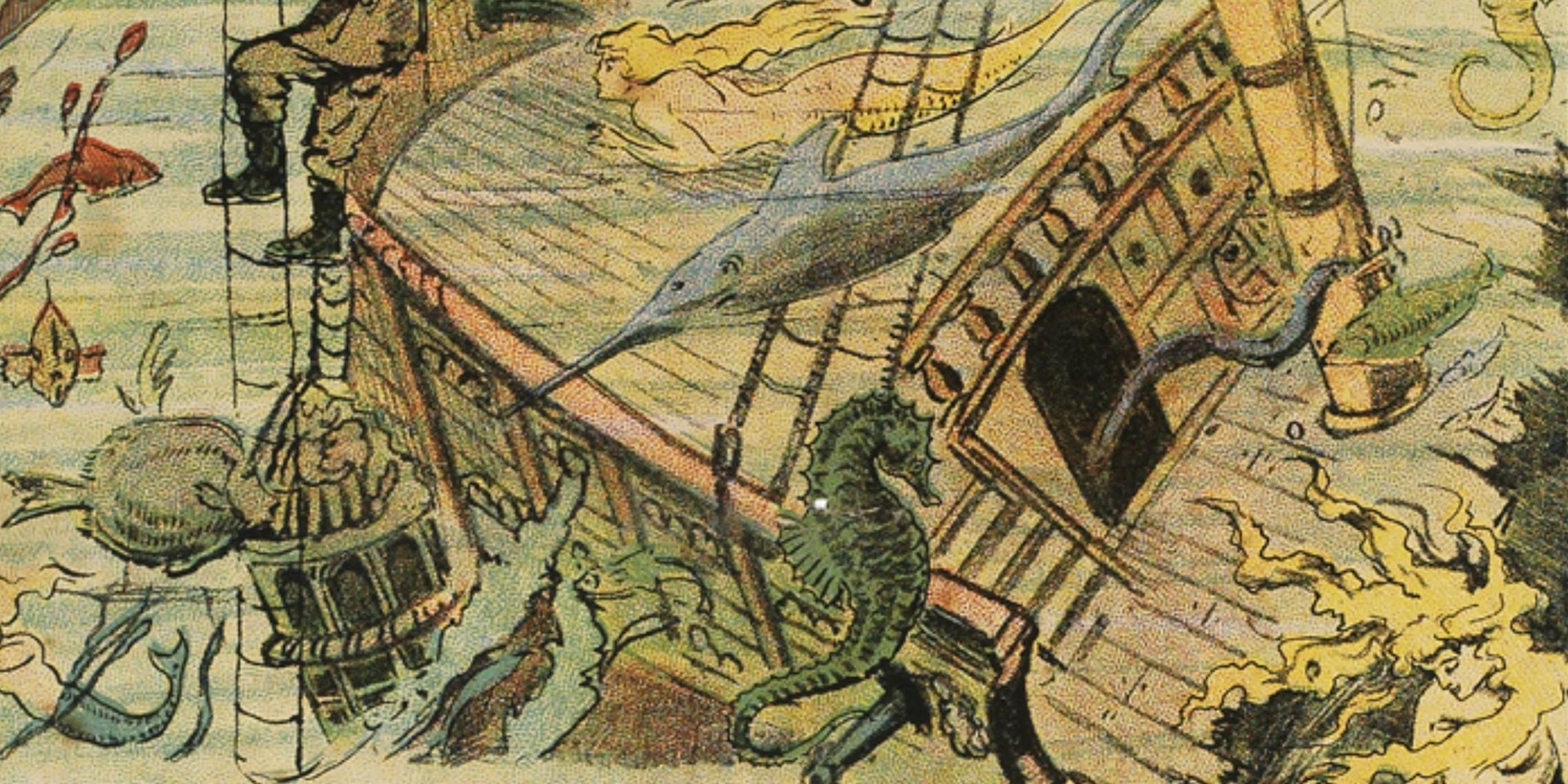
What a year it has been at the museum!
We love sharing stories with you and exploring Australia's maritime heritage. Whether it's taking you behind-the-scenes, delving into our history and culture, or even ocean-themed arts and craft – we have something for everyone to enjoy! Before we enter a new decade, we thought we'd take a look back and see what blogs you loved the most in 2019.
1. Casting the past: How to make cheap, easy moulds and casts
Clearly a lot of you wanted to up your creativity in 2019 as learning how to create cheap and simple moulds/casts was our most-read blog for 2019. In this blog we show you that casting and mould-making doesn't have to be complex or challenging, but in fact easy! With a range of materials that you can use from your own craft box, local hardware store or specialty suppliers – you can pick and choose what level of effort and experimentation you're up for.
2. Introducing the Seabin project
Plastic pollution in the world's oceans is a real problem, and Andrew Turton and Pete Ceglinski decided to do something about it. The two surfers designed the ocean garbage collecting Seabin, which is now permanently installed at the museum collecting rubbish and helping raise awareness and educate people about marine pollution.
3. Whale evolution and adaptation
Paleontologist Hans Thewissen and his team discovered an ancient fossil of a four-legged animal, but he was originally frustrated as he was unable to identify it. The 49-million-year-old fossil was a whale, providing one of the best-documented and most spectacular cases of evolutionary transformation. Named Ambulocetus or 'walking whale that swims', this blog looks at the various aquatic adaptions of this magnificent creature.
4. Barbarism and brutality: Surviving the Batavia shipwreck
In the hours before dawn on 4 June 1629, a flagship of the Dutch East India Company was wrecked upon Morning Reef near Beacon Island, some 60 kilometres off the Western Australian coast. It was the maiden voyage of the Batavia, bound for the Dutch East Indian colonies of modern-day Jakarta, but the tragedy of the shipwreck was overshadowed by the subsequent mutiny among the survivors.
5. Eruption day at Pompeii 79 AD
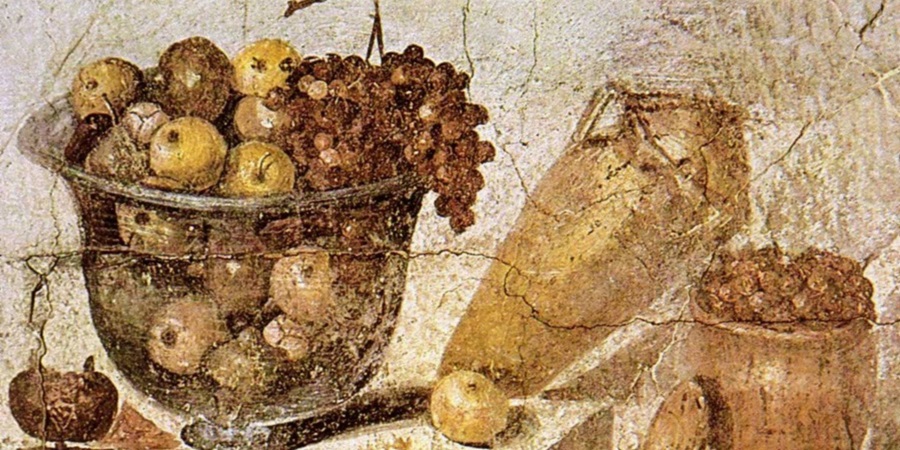
Pliny the Younger dated the eruption of Mount Vesuvius which consumed the city of Pompeii on 24 August 79 AD. Interestingly, this date does not agree with the only other detailed account that exists about the eruption by Cassius Dio. We compare the written evidence and archaeological evidence to try and clarify this historical discrepancy.
6. The life of a lighthouse keeper
Windswept romance or lonely desolation? The life of a lighthouse keeper is often either romanticised or seen as a desolate life for those who prefer the solitary confines of the role, away from the social rigours of mainland life. We explore the extraordinary log of William Norgate who was a lighthouse keeper on Goods Island (or Goode Island) and Booby Island in Torres Strait for nearly 40 years.
7. The beautiful Balts – 70 years on
At the museum, we hold a rich collection of ephemera, including letters, postcards, brochures, invitations and greeting cards. Many of these items go on to acquire a lasting historical or social significance, such as a letter that was sent to a passenger on the former troopship USAT General Stuart Heintzelman in 1947. Sailing from the German port of Bremerhaven under charter to the International Refugee Organisation, the ship carried the first group of European displaced persons to be resettled through the Australian government's post-war migration program.
8. Look to the horizon: Why latitude was easier to find than longitude
Why was it so hard to sort out a means of finding longitude, when it seems finding latitude had been a relatively simple process? The short answer is that latitude had reference points easily available and they were also easy enough to measure and use for guidance, even without fancy instruments. The references for longitude however, were much less obvious and needed very accurate tools and tables of information for their measurement to be usable.
9. Australian pirate tales
We might not think of Australian history having much to do with pirates. Yet from the infamous Batavia mutiny in 1629, to the 1998 seizure of the oil tanker Petro Ranger by pirates in the South China Sea, there have in fact been dozens of instances of piracy in Australian waters or on vessels travelling from these shores.
10. How to make a mini planetarium
There's almost no end to the fun that can be had when kids have torches in their hands. Shadow play, bedroom projections, reading under the covers after lights out, spooky face stories, or ... a handheld miniature planetarium. Make a nifty little star gazer out of some everyday items and enjoy learning about the constellations in the night sky.
For more fascinating features, become a member of the museum and receive our quarterly magazine Signals which features captivating stories of maritime history, exhibition and event news, behind-the-scenes at the museum, book reviews and more.

